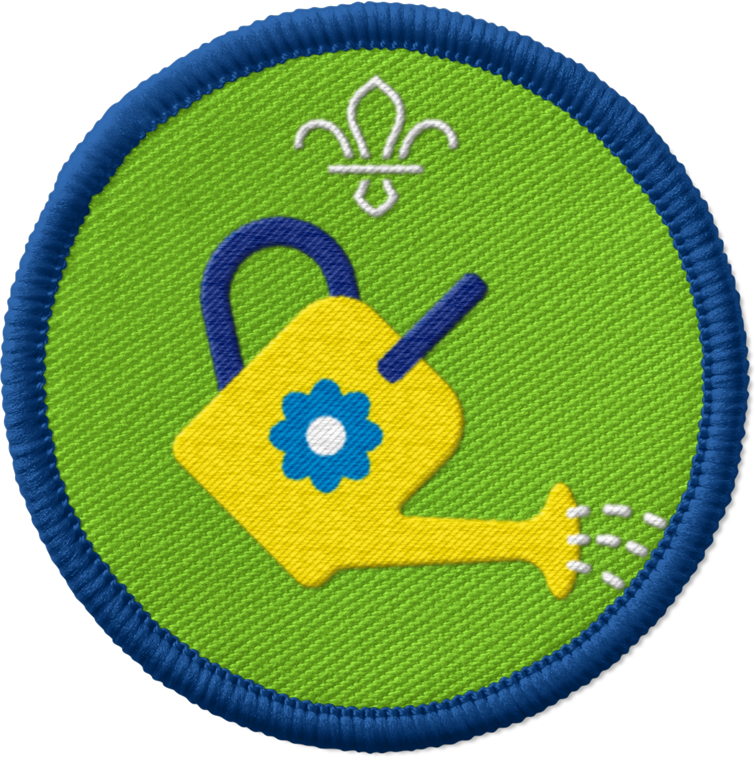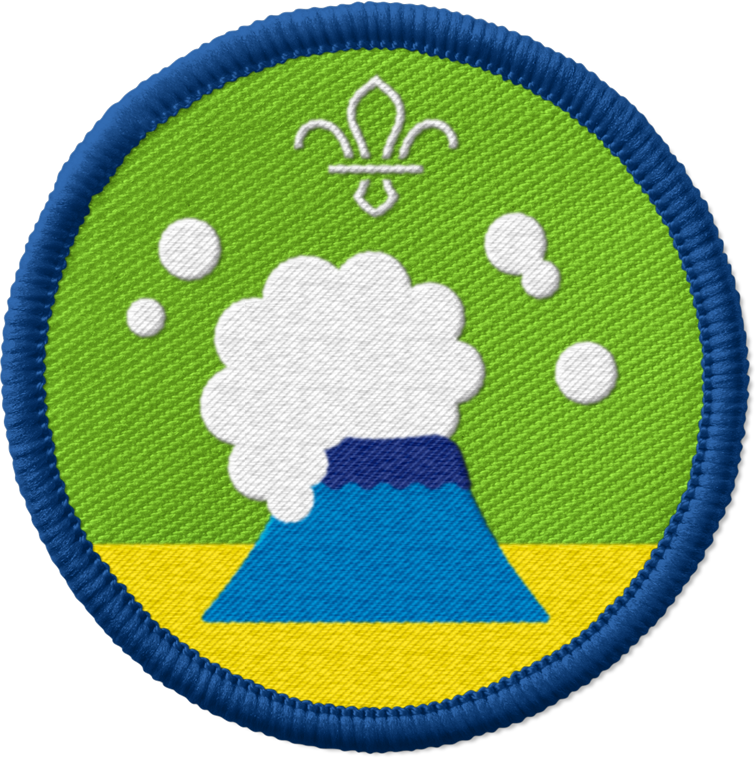Plant sunflowers
You’ll need
- Plant pots
- Permanent markers
- Access to water
- Scissors
- Sticky labels
- A4 paper
- Sticky tack
- Garden sunflower seeds
- Soil/compost
Prepare the pots
- The person leading the activity should make sure that there are enough materials and space for everyone to plant a sunflower.
- They could keep costs down by asking local garden centres or allotments if they can donate spare compost or soil.
Sow and grow
- The person leading the activity should give out the small plant pots, labels and marker pens. Each person should write their names on their label and stick it on the side of their pot.
- The person leading the activity should go around with some damp soil and fill each plant pot almost to the top. Each person should use their index finger to poke a hole in the middle of the soil.
- The person leading the activity should go around with the sunflower seeds and give one to each person. Everyone should put their seed into the hole in the soil and cover it over.
- The person leading the activity should go around with some water and pour a small amount on each plant. Everyone can then take their plant pots and put them on a windowsill or ledge where they’ll be out of the way. A spot that gets lots of sunlight is ideal for sunflowers.
- The sunflower seeds should come with instructions showing how often to water them on the packet. Small plants have small roots, so they should be watered close to the base of the plant. Each plant should have sprouted after two Plants should start to flower after eight weeks. Everyone should move their plants to the large plant pots when they become too big for the small ones. Remember to label these too!
- After between twelve and fourteen weeks, the heads of the sunflowers should go brown. When this happens, the person leading the activity should cut off each head with scissors or secateurs. They should then hang the sunflower heads somewhere dry.
- Everyone should check on their sunflower heads the following week. If they feel dry, they should take down their sunflower head and carefully brush off the seeds from the centre of the flower into a paper bag.
Reflection
The group have looked after a sunflower plant as it grew. What was it like to take care of a plant? Did you start to care about the sunflower and feel proud when it sprouted and flowered? What were the rewards for looking after the plant? Was it worth the time you put in?
As a reward for their dedication, the sunflowers should have rewarded the group with handfuls of tasty seeds! What is it like to eat something that you grew? Did you take a seed to plant another sunflower? What do you think it would be like to grow all of your food in this way? Do you think you would be eating healthier as a result?
Safety
All activities must be safely managed. You must complete a thorough risk assessment and take appropriate steps to reduce risk. Use the safety checklist to help you plan and risk assess your activity. Always get approval for the activity, and have suitable supervision and an InTouch process.
- Gardening and nature
Everyone must wash their hands after the activity has finished. Wear gloves if needed. Explain how to safely use equipment and set clear boundaries so everyone knows what’s allowed.
- Food
Remember to check for allergies, eating problems, fasting or dietary requirements and adjust the recipe as needed. Make sure you’ve suitable areas for storing and preparing food and avoid cross contamination of different foods. Take a look at our guidance on food safety and hygiene.
- Cooking
Teach young people how to use cooking equipment safely. Supervise them appropriately throughout. Make sure it’s safe to use and follow manufacturers’ guidelines for use.
If there are more seeds than people in your group, ambitious growers might like to grow two or three plants at once. They will have the added responsibility of looking after each plant, charting each plant’s progress and collecting more seeds.
If you repeat this activity, the group may be able to do more of the steps themselves, such as adding the soil. They should be careful if cutting off the sunflower heads themselves and supervised when toasting off the seeds. Anyone struggling to look after their plant may find it easier if everyone waters their plants at the same time in your meetings.
- Anyone who is likely to have difficulty tending their plant could be reminded with cue cards.
- If you cannot leave the plants in a safe place where you meet, everyone can take the plants home with them to care for them
- If you are doing this activity in the winter, or somewhere that gets little sunlight, you can use "Big Smile" sunflowers, which can grow indoors at any time of year
All Scout activities should be inclusive and accessible.
The group should look into other plants that can be grown at your meeting place. They should find out what materials and tools they would need to plant and look after them. If they find something else you can plant that will reward you with more tasty treats, even better!
Let the group look after their own plants and harvest the seeds themselves, so that they can work towards the goal, reap the reward and see first-hand where food comes from.


